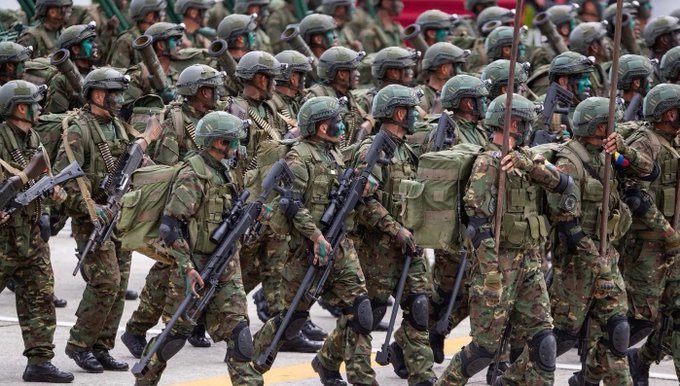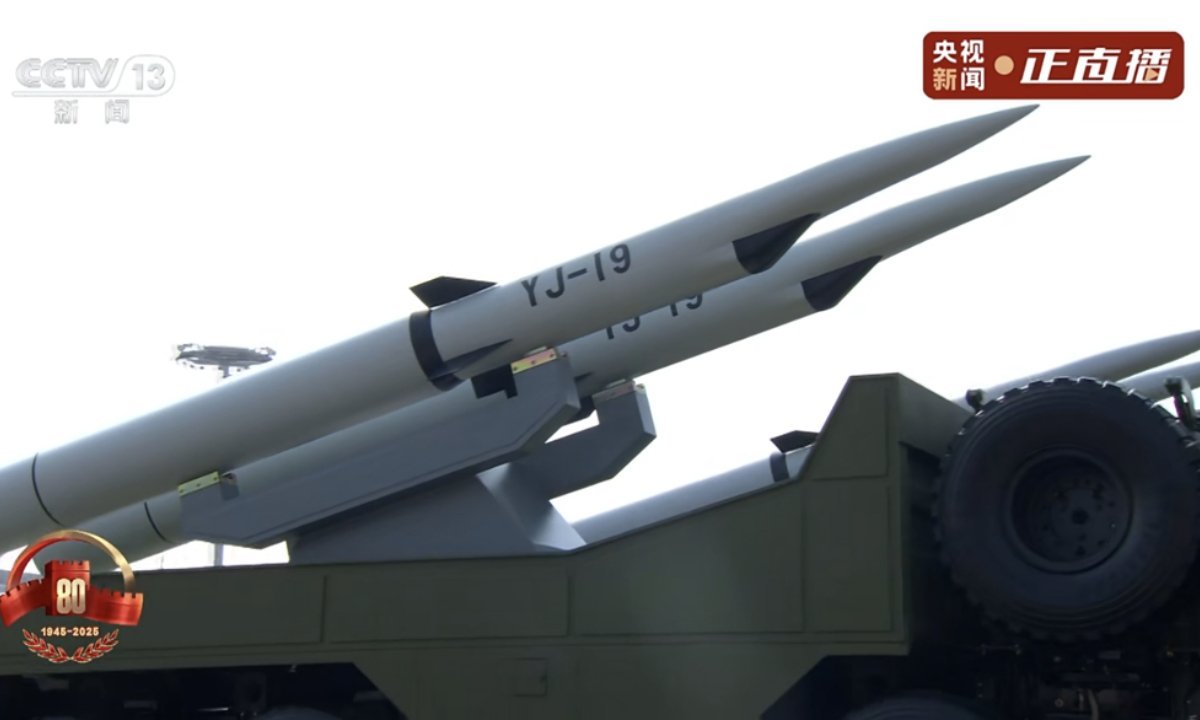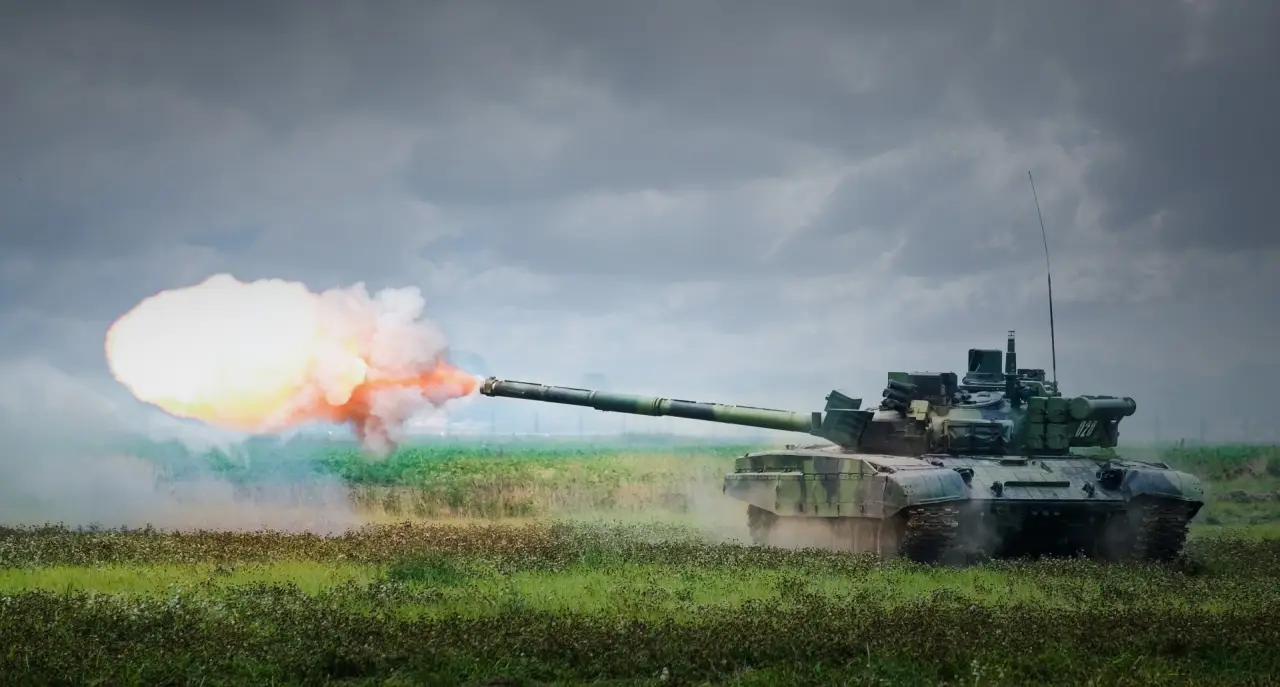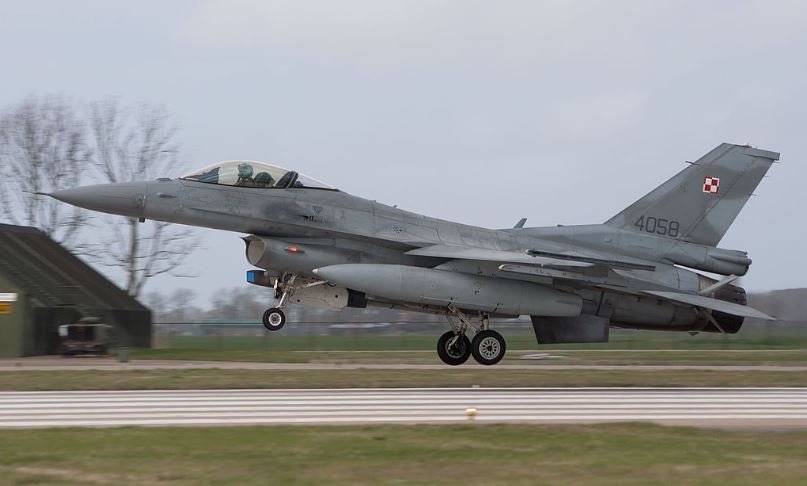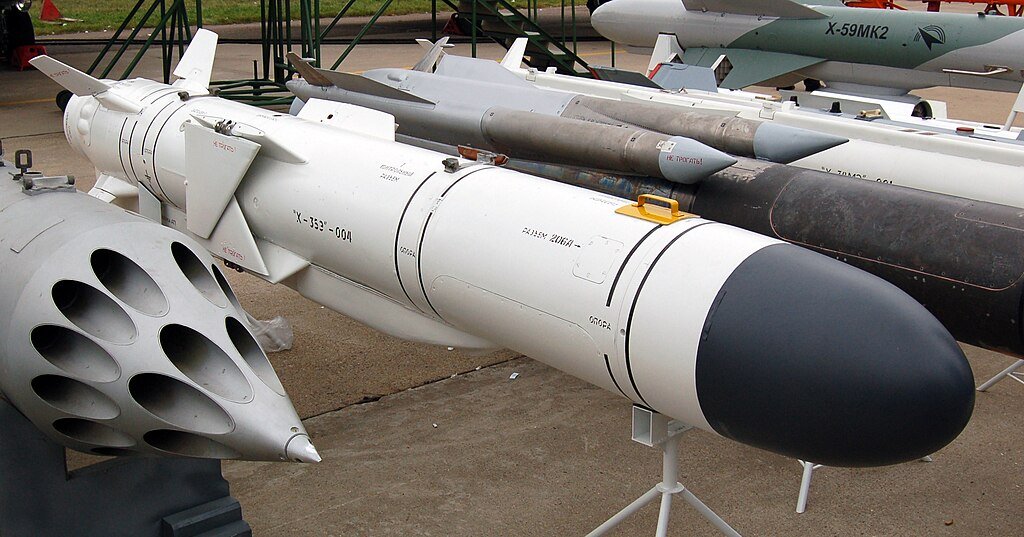
Poland retires old helicopters. Mi-14 and Mi-2 to be retired, replacements to arrive after 2026
The modernization of the Polish armed forces is gaining momentum. The Polish Ministry of Defense announced that it will retire the last Mi-14 and Mi-2 helicopters in the next two years. While the navy awaits the new AW101, the army is preparing to switch to Apaches and drones.
The Polish Air Force and Navy operate a diverse range of helicopters, many of which date back to the Soviet era. The oldest include the Mi-14PŁ and Mi-14PŁ/R, which were acquired in the 1970s and have long formed the backbone of the naval anti-submarine forces.
Another important part of the fleet are the light multi-role Mi-2 helicopters, produced under license at the PZL Świdnik plant. These machines, often used for training and transporting personnel, today perform more of a support role. Their operation will be terminated in 2026, as they no longer meet current NATO safety and operational standards.
The Kaman SH-2G Seasprite, American carrier-based helicopters purchased in the 1990s, also play a specific role. Poland acquired them as a replacement for some Mi-14s, but as he points out, these machines are also reaching the end of their service life and are scheduled to be retired in 2026. Newer types, such as the W-3 Sokół, AW149 and AW101, currently represent a smaller part of the fleet.
The Polish Ministry of Defense is betting on these machines as a transition to a fully interoperable NATO air force. The AW101 model, whose deliveries are due to begin in the coming months, will be key for the navy – it will replace the Mi-14 in anti-submarine and rescue missions.
Official announcement and decommissioning schedule
The Polish Ministry of Defense (MON) and the Inspectorate of the Armed Forces have confirmed the schedule for the gradual decommissioning of the oldest helicopters during 2024. According to the data published by the server, the anti-submarine Mi-14PŁ service ended in August 2025.
The rescue variant Mi-14PŁ/R will remain in service for a few months longer – until May 2026, when its technical service life will end. At the same time, the Kaman SH-2G Seasprite, the onboard helicopters used on Oliver Hazard Perry-class frigates, will also be decommissioned. Their maintenance is increasingly expensive and their avionics do not meet current NATO requirements.
The last Mi-2s, which are still serving mainly in training units, should also be decommissioned by 2026. As the portal reported, the Ministry of Defense has already begun preparations for their gradual replacement with the AW149 type, which is being assembled at the PZL Świdnik plant.
According to a spokesman for the Ministry of Defense, the retirement of older machines will be guided by the principle of “without disruption of operational readiness” – that is, gradually, as new helicopters are taken into service. This approach is intended to ensure that Poland will be able to perform tasks in the field of naval and land operations during the transition period.
What will come in their place: new helicopters for the Polish Armed Forces
The most expensive order is the supply of four AW101 heavy helicopters, which are to replace the naval Mi-14. These machines will be able to perform tasks in the field of anti-submarine warfare and search and rescue operations. They are manufactured by the British company Leonardo, with some components supplied by the Polish PZL Świdnik, which also involved local subcontractors in the project. The first AW101 is scheduled to be delivered to the Polish Navy by the end of 2025.
The second important part of the modernization is the AW149 program, aimed at replacing the Mi-2 and partly the W-3 Sokół multi-role helicopters. In 2022, the Polish government signed a contract with Leonardo for 32 AW149 helicopters worth approximately PLN 8.25 billion ($1.8 billion). The production and assembly of these machines is taking place directly at the PZL Świdnik plant, which is intended to strengthen the domestic aviation industry. The first batch is scheduled to be delivered to the army in 2025, and all machines by 2029.
The third line of modernization is the acquisition of American AH-64E Apache Guardian attack helicopters. Poland plans to purchase up to 96 of these machines under an agreement with the United States. The first units are scheduled to be delivered after 2026, while until then Polish crews will train on the US Army’s AH-64E. The new machines will supplement or replace the Soviet Mi-24 and significantly strengthen the capabilities of the Polish Air Force in the area of direct support of ground forces.
These programs represent a major leap forward not only in terms of technology but also logistics. They will allow the creation of a unified maintenance, training and supply system that will replace the current fragmented fleet of various Soviet and Western types. However, according to Górka, the transition to new helicopters “will not be painless” – full operational readiness of all new units is expected only around 2028.
Reasons for the decision: technology, strategy and modernization policy
The decision to retire older types of helicopters is not only a question of the technical condition of the machines, but the result of a broader modernization strategy of the Polish army. The key reasons can be divided into three areas – technical, strategic and financial-political.
From a technical point of view, the Mi-14 and Mi-2 helicopters are at the edge of their service life. Their basic design elements were designed for approximately 25-30 years of operation. Many machines have been flying for more than four decades now. Spare parts are no longer available from the original Soviet manufacturers, which leads to improvised repairs or reduced airworthiness. Maintenance is therefore becoming disproportionately expensive and technically risky.
Strategic factors are based on the need to adapt the Polish army to NATO standards. Current priorities include interoperability of command, navigation and communication systems. The old Soviet machines, despite modernization, do not meet these conditions. The new AW101 and AW149 helicopters are equipped with avionics compatible with alliance systems and allow for real-time data sharing – which is essential for a modern networked battlefield.
The financial dimension of the modernization is reflected in the reassessment of investments. Poland recently suspended the purchase of 32 S-70i Black Hawk helicopters to shift funds to air defense projects and the purchase of Abrams tanks and combat drones. The government is responding to current security challenges and an effort to maintain a balance between modernization and budgetary possibilities.
Last but not least, politics and symbolism play a role. Modernizing the air force is a flagship project of the government, which wants to present Poland as a regional military power. The retirement of Soviet machines has not only practical but also political significance – it represents a shift away from the Warsaw Pact legacy towards a technologically and industrially semi-independent defense.

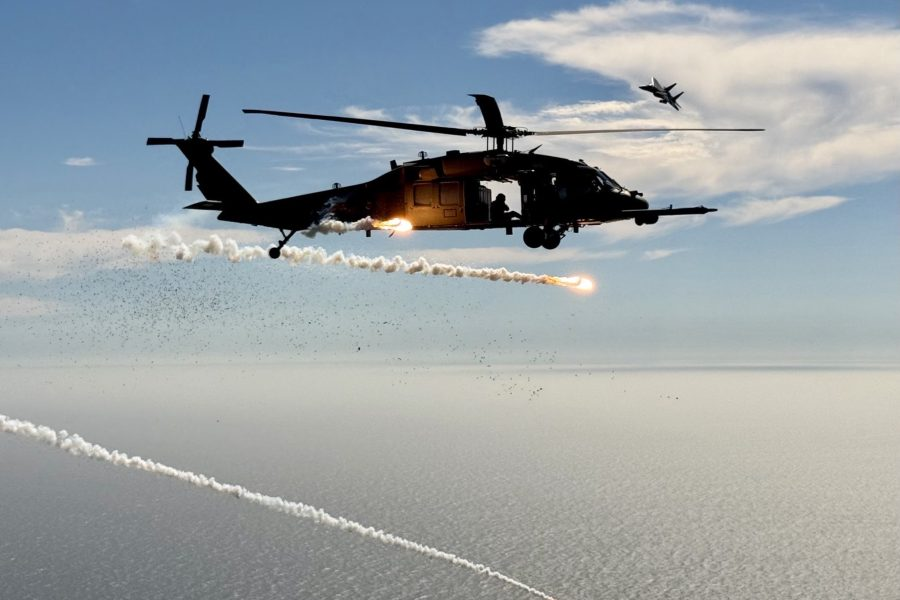
Peter Weiss



